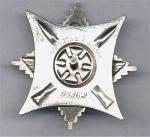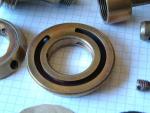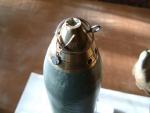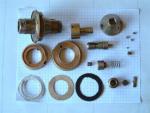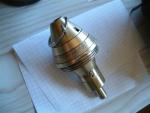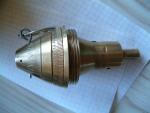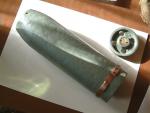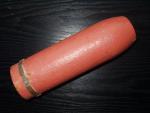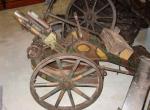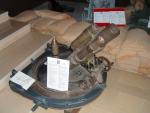-
Posts
1,009 -
Joined
-
Last visited
Content Type
Profiles
Forums
Blogs
Gallery
Events
Store
Everything posted by JensF.
-
After the description in the data sheet shown above I rebuild the propellant charge out of paper and twine I am not sure if they looked like this but I think I am close...
-
It looks like Sanskrit: http://de.wikipedia.org/wiki/Sanskrit
-
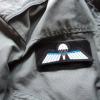
Soviet Order for Service to the Motherland
JensF. replied to Riley1965's topic in Russia: Soviet Orders, Medals & Decorations
-

Soviet Order for Service to the Motherland
JensF. replied to Riley1965's topic in Russia: Soviet Orders, Medals & Decorations
-
Thanks guys! Stogie: The fuses together with their safety pins for transportation (in german "Vorstecker") were sealed. because after removing the pin the fuses weren't "transport safe" anymore. The lead seal you see here is original (the string not); it is just possible to read the letters "G. B. N." on it which is the stamp of the company "Gebr?der Bing, N?rnberg", a company which build medal toys before the war und during the war fuses, mess tins etc. Chip: I think the Nachrichtenmine is the most rare one you can get. Interesting story about the fuses; I think the most dangerous part is always the detonator, because of the filling with picric acid it can explode when you beat it, drop it etc. after 90 years. The rest of the fuse is filled with very slow and constant burning black powder for the time setting and two primers which should be quite safe, but according to the laws in different countries, they can be illegal too. The example you see here is completely empty. This disc here was once filled with black powder and was called "Tempierring" to set the time. You can see a scale of seconds on the outside. When it was set to lets say 16 sec. this part of the ring was turned over a hole in the disc below it and the flame could slip through it so light the detonator.
-
-
-
Technical data (Leichte Sprengmine and Leichter Minenwerfer 16 n/A). Type of round: High explosive Caliber: 76 mm Weight: 4500 g Filling: 560 g of Pertit or Donarit Range: ca. 1300 m
-
-
-
Another view of this masterpiece of mechanic and pyrotechnic. It is now 90 years old but still looks like fresh from the factory.
-
Thats the fuse for the Leichte Mine. The "Leichter Wurfminenz?nder 16" was a fuse with double effect. Impact and time.
-
-
The copper driving band was pre-cut and had to be inserted with its six grooves into the rifling of the launcher. Here the empty bottom:
-
After removing the red paint and painting it fieldgrey, as this type of Leichte Mine was originally painted. There were no other markings on it. The bottom could be removed and then the propellant charge was inserted. It consisted out of discs of smokeless powder in different charges like you have for an howitzer. Depending on the considered range. Then some kind of primer was attached to the bottom. This one shown here is the early type with only 4 gas holes in the bottom. Later models had 6 or 8 and through these holes the gas escaped and throw the mine out of the barrell of the launcher.
-
And the shell as I got it in the mail. All items shown here are completely inert according to current german laws!
-
-
-
-
Gentlemen, I just bought one of these shells (or trench mortar rounds) which wasn't in the best condition. Someone painted it red, partially rusty etc. Now I restored it and added a nice fuse. I will post here a couple of pictures of the shell and the fuse, their parts, how they work etc. At first some old pictures showing the launcher (Leichter Minenwerfer). Two Leichte Minenwerfer seen in museums:
-
Oh my god! It seems there are countries with a worse weapons law as we have in Germany. They just killed it...




